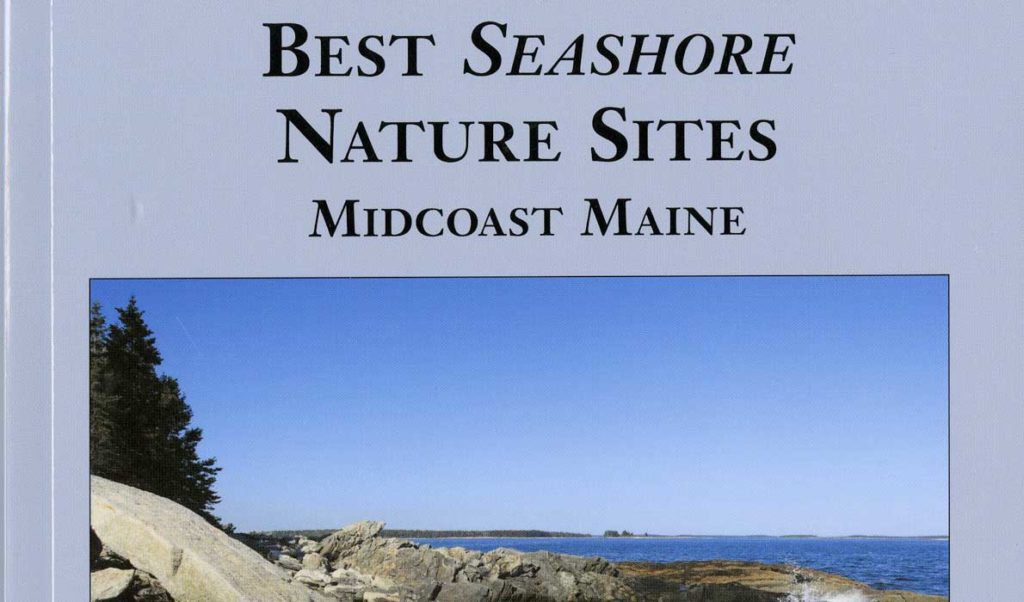When I was in my 20s and 30s, free time was a rare commodity. When it was available and the weather cooperated, my wife and I loaded the kids in the van and explored the Maine coast. It never seemed to be a question that needed discussion; we just hit the road, often with a vague destination, like the Blue Hill peninsula or the peninsulas south of Rockland, both easily reachable from our home in Belfast.
And in our BC days—before children—we went even farther afield, driving in a day to Beals Island or Bailey Island, Southwest Harbor or Boothbay Harbor.
The goal was simply to take it all in. It was a visual feast, an end in itself. Parking and walking a shorefront road, stumbling onto a public park or preserve, barely taking notice of the name of the place or the panels explaining its cultural, historical or natural significance.
Now in my 50s, I’m ready to absorb more than just the beauty of Maine. I want to go deeper and learn more about this rich place in which I live. I want to know what and who were there before, and how the land and shore and sea function as habitat. And I’ve now got the perfect companion, Best Seashore Nature Sites—Midcoast Maine, by Des Fitzgerald, Tony Oppersdorff and Kyrill Schabert.
The book is both a travel guide and an armchair reader, with intelligent, insightful essays that unlock those pretty scenes so a layperson can see them through the eyes of a naturalist and a scientist. The writers rely on a list of experts from many realms, including the aesthetic, activist and recreational. Sidebars, such those on the invasive green crab, mallards, monarch butterflies, tidal mills and salt marsh restoration broaden the scope to a regional perspective. The accompanying maps are very good, with trails easy to read and follow, and the photographs give a would-be visitor a sense of what might be found in each adventure.
A previous book took in the U.S. Route 1 corridor, but this one is very much saltwater focused. Its 20 chapters explore 32 Midcoast sites, from Freeport to Searsport.
It’s not all the salt marsh and beach preserves many of us know and love. Among the surprises I found are the Pownalborough Courthouse Preserve, a 75-acre property whose namesake building is open for tours. Such a place offers the chance to learn about Maine’s colonial history and the opportunity to explore old-growth pines and hardwoods along the Kennebec River.
And even if I don’t get to visit the courthouse in the next year or so, I can read about its history in a separate, three-page essay by a knowledgeable contributor.
Other sites that I was surprised I didn’t know about: the 120-acre La Verna Preserve in Bristol, the 120-acre Bonyun Preserve on Westport Island and the 45-acre Green Point Preserve in West Bath.
After this brutal winter, we need to savor the months in which we can explore our beloved Midcoast without contending with ice and sub-zero temperatures; this book is the perfect itinerary for April to November. You’d do well to read a selection from Best Seashore Sites some weeknight to get motivated for that weekend adventure, then tuck it into your backpack and get out there.
Best Seashore Nature Sites—Midcoast Maine is published by Waterline Books in Jefferson and available on Amazon and through other booksellers.
Tom Groening is editor of The Working Waterfront.





